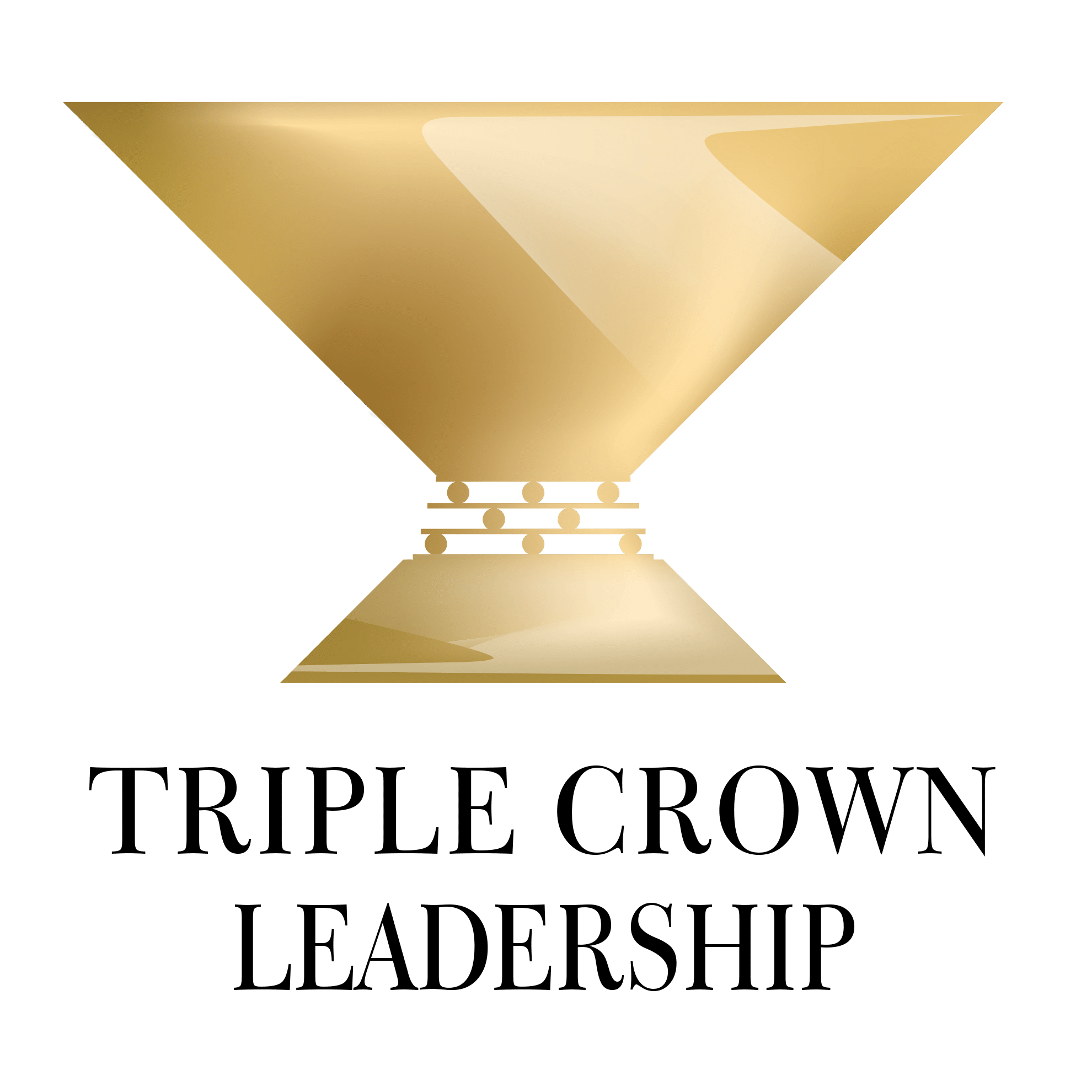Much has been written about the power of setting goals. Unfortunately, almost all of the advice about effective goal-setting falls short on a few key factors. More on that soon. First, some clarifications.
Goals are what you hope to achieve. According to a popular mnemonic, goals should be “SMART”: specific, measurable, attainable, relevant, and time-bound. (See Gregg’s article, “Goal-Setting Best Practices: Beyond SMART Goals.”)
What’s Missing in Goal-Setting
Most of the above is by now fairly well known (though often botched in practice). Here’s what’s missing:
- linking goals to a higher purpose and vision
- setting goals for each major stakeholder
- then prioritizing them
As we wrote in our book, Triple Crown Leadership, “People hunger to know that their organization has a worthwhile purpose and that their work is meaningful and significant.” For goals to be powerful, they must be congruent with the purpose and vision of the organization. When goals are aligned that way, they’re naturally motivating.
For example, Share Our Strength, an enterprising nonprofit organization based in Washington, D.C., has a powerful overarching goal that can be summarized as follows:
End childhood hunger
Behind this goal tagline is a time line (ten years) and a way to make it more specific and measurable (e.g., increasing participation in nutrition programs such as school breakfasts, summer meals, and food stamps so dramatically that childhood hunger will be a thing of the past in the U.S.). Notice that it’s a stretch goal—not to decrease hunger by 5% or 10% but to end it—and that makes it much more motivating and meaningful to the SOS community.
An effective way to link goals with purpose and vision is to set only one or two enterprise-wide goals by major stakeholder group. Having too many overall goals leads to confusion and dispersion of efforts. Organizations that focus their goals only on one stakeholder, such as shareholders, fail to gain the commitment of other stakeholders such as employees, customers, vendors, and the local community.
Effective goals should also be prioritized among the stakeholder groups, indicating where the inevitable trade-offs should be made. Do customers come first? Employees? Shareholders?

Goal-Setting Template
Goals are the desired results we hope to achieve—the object of our effort and ambition. Goals are common in our life and work, but that doesn’t mean we’re good at setting and achieving them. Use this Goal-Setting Template to set your goals properly, based on the research and best practice.
Examples of Goals in Practice
To illustrate, here is a set of hypothetical goals for the Walt Disney Company, working off its purpose statement: “To make people happy.” Possible goals in priority order might be:
- By 20XX, achieve customer satisfaction levels of 4.8 (on a 5-point scale). (Or the goal might be revenue growth. For an internal department, the goal might be the satisfaction levels of internal customers.)
- By 20XX, achieve employee satisfaction levels of 4.6 (on a 5-point scale). (Or the goal could be reduction in employee turnover.)
- By 20XX, earn a return on invested capital of X%. (Or the goal might be % return on revenue.)
Each of these goals can have sub-goals, but the #1 overarching goal by stakeholder group is indicated above, and the tradeoffs between them are clear. If a choice is made between satisfying the customer or the employee, and no way to satisfy both can be found, then the customer comes first.
When it comes to leadership, we don’t need just one-dimensional, single-stakeholder goals. We need powerful, prioritized goals that raise our sights and summon our passions.
To rock your goals, make sure they are purposeful and prioritized.
Reflection Questions
- How effective is your organization in setting goals?
- Are your goals linked to purpose and vision?
- Does your organization have one or two enterprise-wide goals for each major stakeholder group (such as customers, employees, shareholders, vendors, and the community)?
- Are the goals prioritized?
Tools for You
- Goal-Setting Template to help you set goals you can achieve based on best practices (beyond SMART goals)
- Leadership Derailers Assessment to help you identify what’s inhibiting your leadership effectiveness
- Personal Values Exercise to help you determine and clarify what’s most important to you
- Alignment Scorecard to help you assess your organization’s level of alignment

Goal-Setting Template
Goals are the desired results we hope to achieve—the object of our effort and ambition. Goals are common in our life and work, but that doesn’t mean we’re good at setting and achieving them. Use this Goal-Setting Template to set your goals properly, based on the research and best practice.
Related Articles
- “The Benefits of Setting and Pursuing Goals“
- “The Most Common Mistakes in Goal-Setting and Goal-Pursuit“
- “Goal-Setting Best Practices: Beyond SMART Goals“
- “Goal-Pursuit: Best Practices“

Triple Crown Leadership Newsletter
Join our community. Sign up now and get our monthly inspirations (new articles, announcements, opportunities, resources, and more). Welcome!
+++++++++++++++++++++++
Gregg Vanourek and Bob Vanourek are leadership practitioners, teachers, and award-winning authors (and son and father). They are co-authors of Triple Crown Leadership: Building Excellent, Ethical, and Enduring Organizations, a winner of the International Book Awards. Check out their Leadership Derailers Assessment or get their monthly newsletter. If you found value in this, please forward it to a friend. Every little bit helps!


